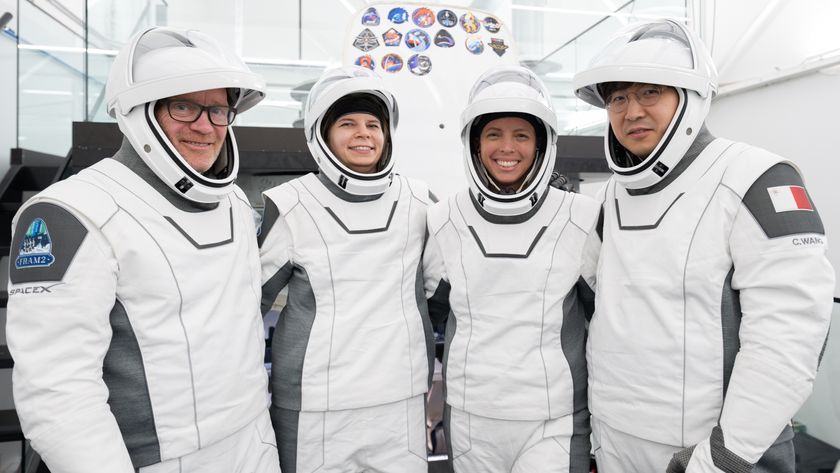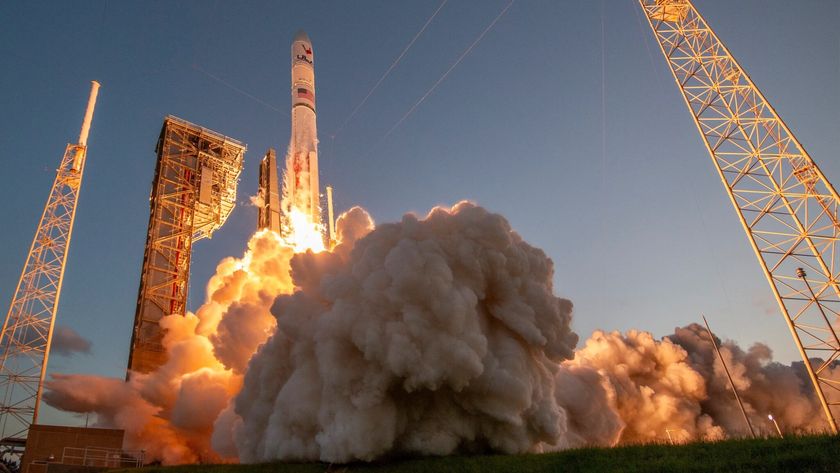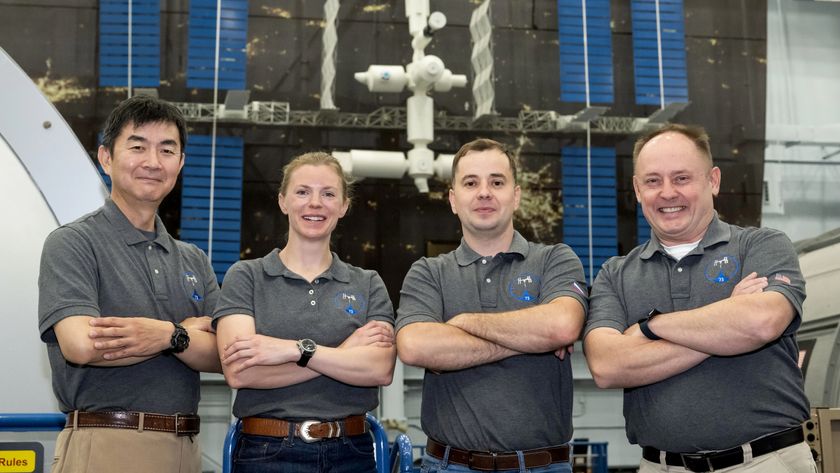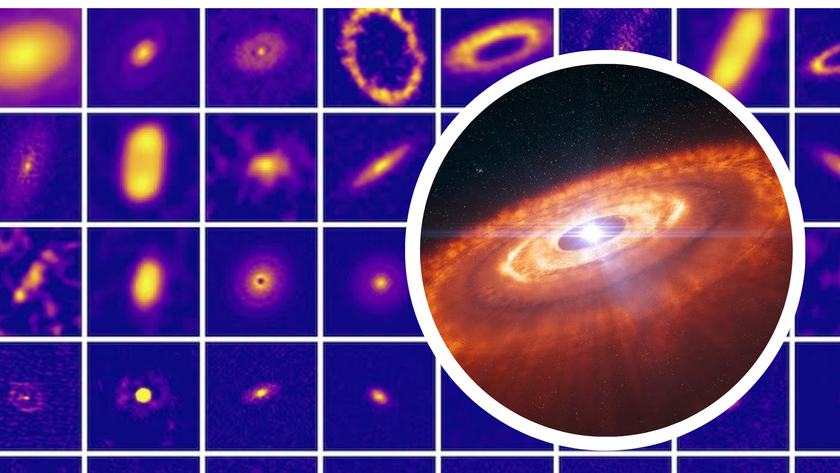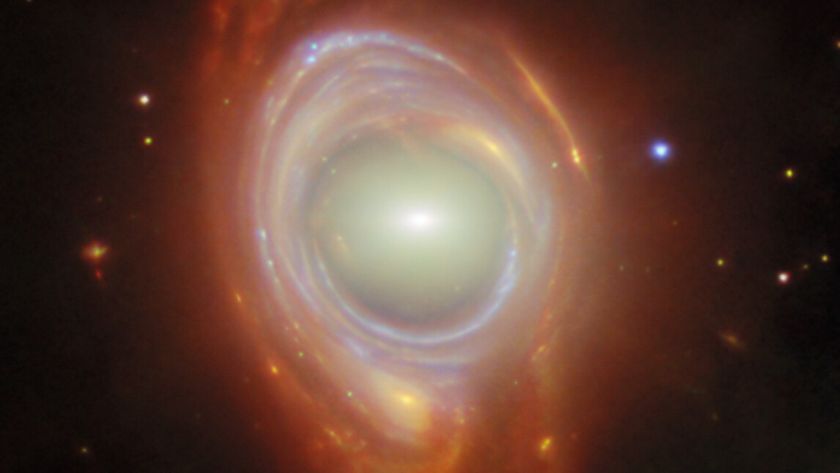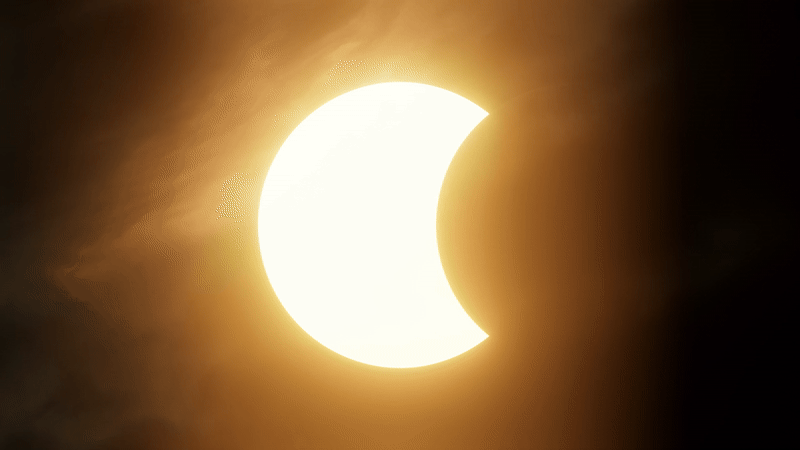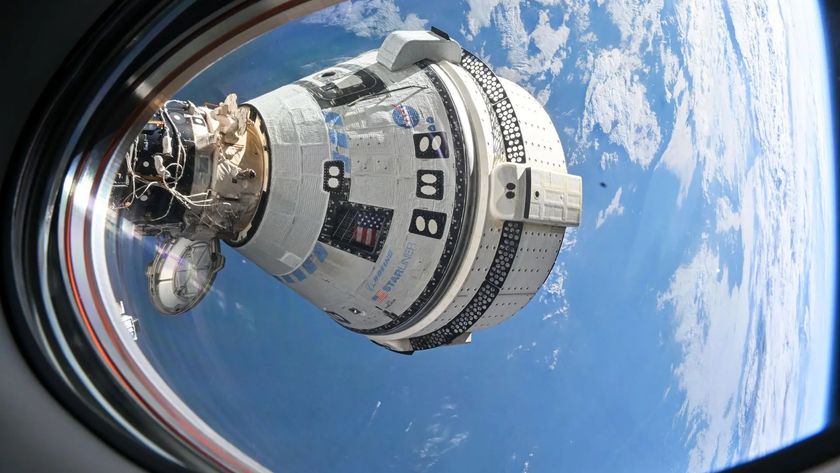Flying DeLorean: NASA Launched 'Back to the Future' Car into Space

Hoverboards, self-lacing shoes and flying cars may still largely be the stuff of science fiction, but at least one DeLorean has already traveled "where we don't need roads," thanks to NASA, Lockheed Martin and a star from the original "Back to the Future" movie.
Today (Oct. 21) marks the day when Emmett "Doc" Brown and Marty McFly (played by Christopher Lloyd and Michael J. Fox) traveled from 1985 to 2015 in the film's first sequel, "Back to the Future II," which was released in 1989. The two arrive in future (or, as of today, present-day) Hill Valley, California riding in a DeLorean that is not only a time machine, but also a flying car.
Alas, in real life, the flux capacitor has yet to be invented, but a DeLorean has already flown — to space and back. [10 How Time Travel Works in Science Fiction (Infographic)]
On Dec. 5, 2014, a United Launch Alliance (ULA) Delta IV Heavy rocket lifted off from Cape Canaveral with NASA's first Orion exploration vehicle on a four-hour, two-orbit test flight that went farther out from Earth than any spacecraft that was built to fly astronauts since Apollo in the 1970s. The Exploration Flight Test (EFT-1) did not launch a crew, but the Orion was instrumented with sensors to measure radiation and stress levels, as well as test the Orion's heat shield on its re-entry into the atmosphere.
The Orion was also packed with a DeLorean.
"Of course, I had to include a DeLorean Time Machine for the journey!" stated Claudia Wells, the actress who played McFly's girlfriend in the first movie. "A small one, that is."
Wells wrote "Hello Orion!" on the hood of the scale model and inscribed her character's name, Jennifer Parker, under her autograph.
Get the Space.com Newsletter
Breaking space news, the latest updates on rocket launches, skywatching events and more!
The DeLorean model, along with "Back to the Future" cast photos, flew on the EFT-1 mission as part of the "ancillary payloads" that were arranged by Lockheed Martin, NASA's prime contractor for the Orion capsule. Wells' memorabilia launched together with other science fiction collectibles, a dinosaur fossil bone from the Denver Museum of Natural Science, Muppets props from "Sesame Street," poems by Maya Angelou and a spacesuit oxygen hose loaned by the Smithsonian.
"There are no words to describe my excitement and honor at being a part of the NASA Orion mission," Wells said in a statement released by Lockheed.
Wells said she would keep the flown car and autographed cast photos on display and as part of her appearances at "Back to the Future" fan events to "elevate conversations" about space travel and exploration.
"This is my childhood dreams coming true," stated Wells, who also attended the EFT-1 launch. "Please count me in as a passenger when humans are on the shuttle going to Mars!"
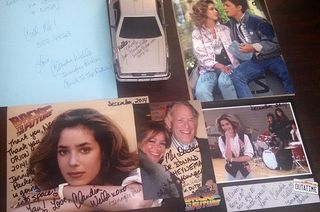
NASA is developing the Orion and Space Launch System (SLS) heavy-lift rocket to take astronauts on trips beyond low Earth orbit, to the vicinity of the moon, asteroids and ultimately Mars by the 2030s. The first crewed flight of the Orion is slated to launch by 2023.
On EFT-1, the DeLorean was accelerated to well beyond 88 mph (142 km/h), the speed needed to time travel, according to the "Back to the Future" movies. In the first 90 seconds of flight, the booster was already traveling faster than 888 mph (1,429 km/h), and on re-entry, the Orion capsule was blazing a path back to Earth at around 20,000 mph (32,000 km/h).
And the DeLorean model car did, in fact, time travel. Due to relativistic time dilation, it experienced the mission as a tiny fraction of second shorter than those on Earth.
Great Scott! It works!
Follow collectSPACE.com on Facebook and on Twitter at @collectSPACE. Copyright 2015 collectSPACE.com. All rights reserved.
Join our Space Forums to keep talking space on the latest missions, night sky and more! And if you have a news tip, correction or comment, let us know at: community@space.com.

Robert Pearlman is a space historian, journalist and the founder and editor of collectSPACE.com, a daily news publication and community devoted to space history with a particular focus on how and where space exploration intersects with pop culture. Pearlman is also a contributing writer for Space.com and co-author of "Space Stations: The Art, Science, and Reality of Working in Space” published by Smithsonian Books in 2018.In 2009, he was inducted into the U.S. Space Camp Hall of Fame in Huntsville, Alabama. In 2021, he was honored by the American Astronautical Society with the Ordway Award for Sustained Excellence in Spaceflight History. In 2023, the National Space Club Florida Committee recognized Pearlman with the Kolcum News and Communications Award for excellence in telling the space story along the Space Coast and throughout the world.

